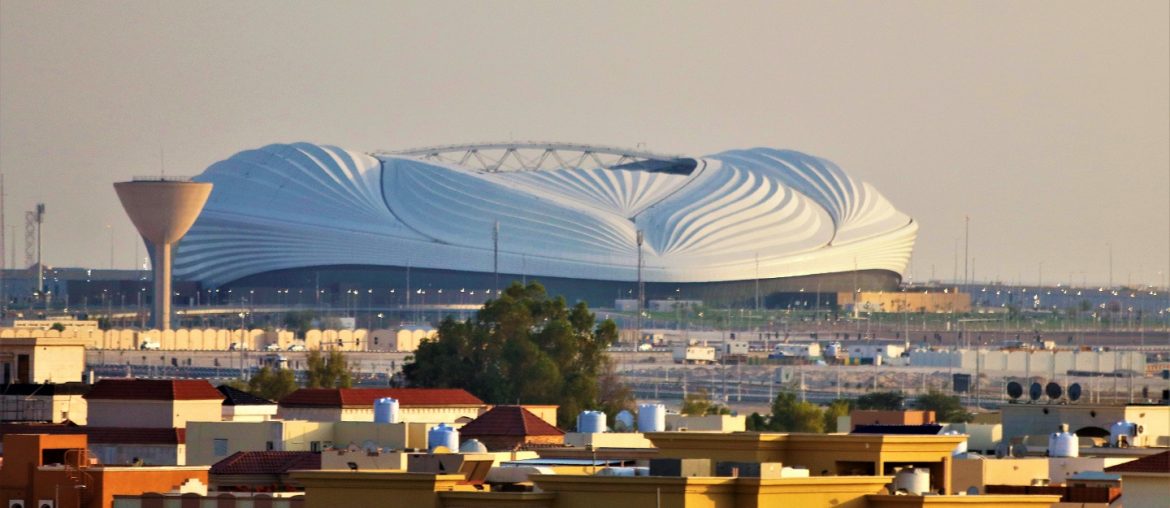On 20th November this year, Qatar unveiled the 22nd FIFA World Cup with a glorious display of celebration and festivities. For years, different countries around the world have been participating to host this grand event exhibiting their culture, tradition, and customs in front of the world and welcoming their guests. However, in no FIFA World Cup did the venues of the game get this much attention as they have in this 2022 FIFA World Cup. Qatar has eight stadiums across the country, of them seven have been built from the scratch, costing between $6.5 billion to $10 billion, just to facilitate the game. For reference, Brazil in 2014 spent a total of $19.7 billion for the entire World Cup preparation. So what is so special about the world cup stadiums in Qatar and what made them so damn expensive?
In this article, we will go through the world cup stadiums in Qatar one by one discussing their features and specialties.
Al Bayt Stadium
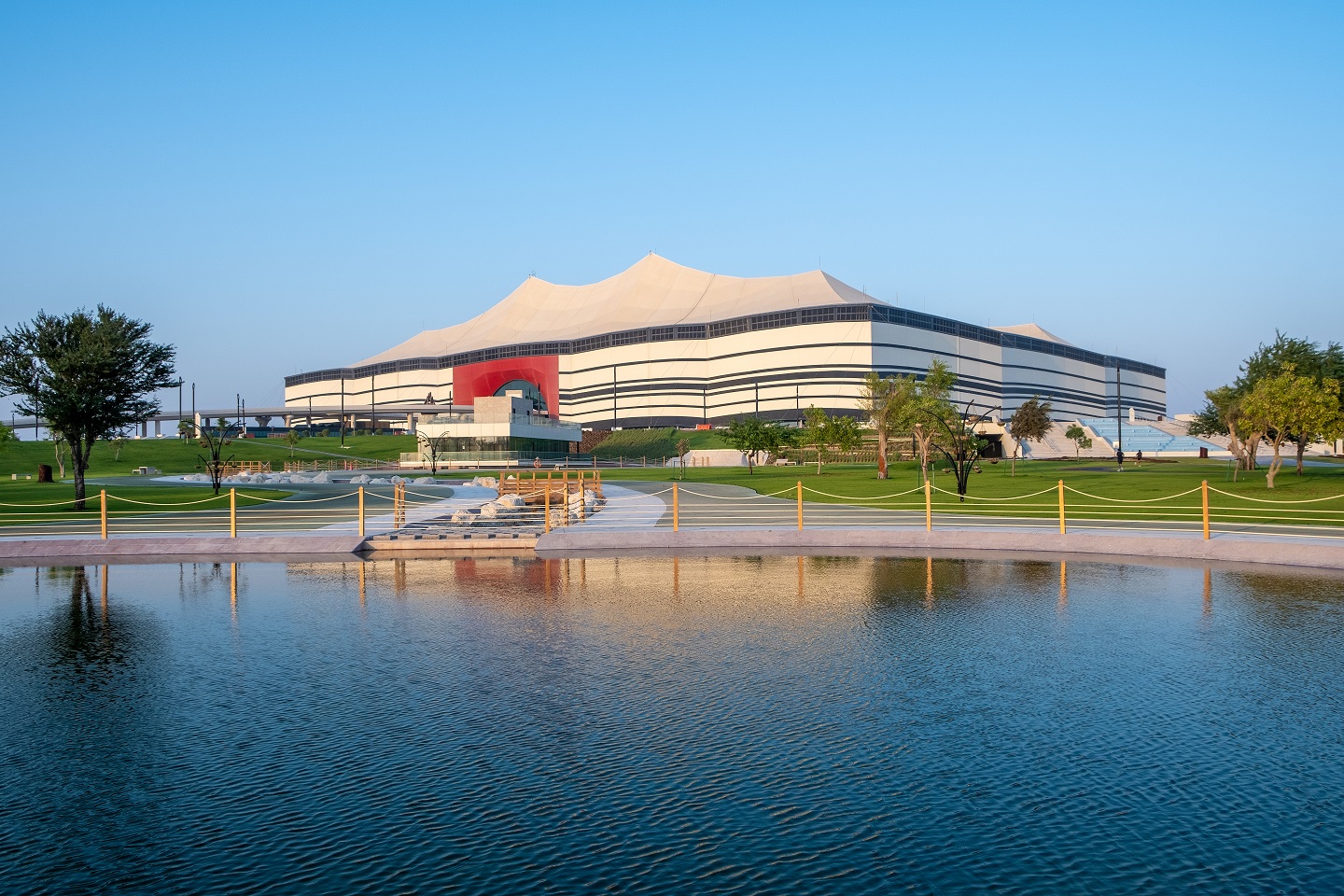
| City | Al Khor |
| Gross Capacity | 68,895 |
| World cup events | 5x Group Matches (incl. Opening Match) 1x Round of 16 1x Quarter-Final 1x Semi-Final |
Al Bayt Stadium’s design was inspired by the Bayt Al Sha’ar – a tent that was historically used by nomadic people in Qatar and the Gulf region. It features every ultra-modern facility and amenity, from a retractable roof to a parking facility for almost 6,000 cars, and 350 buses. The stadium also boasts luxurious hotel suites and rooms with balcony views of the football field. After the World Cup, the stadium will be downsized to 32,000 seats.
Lusail Stadium
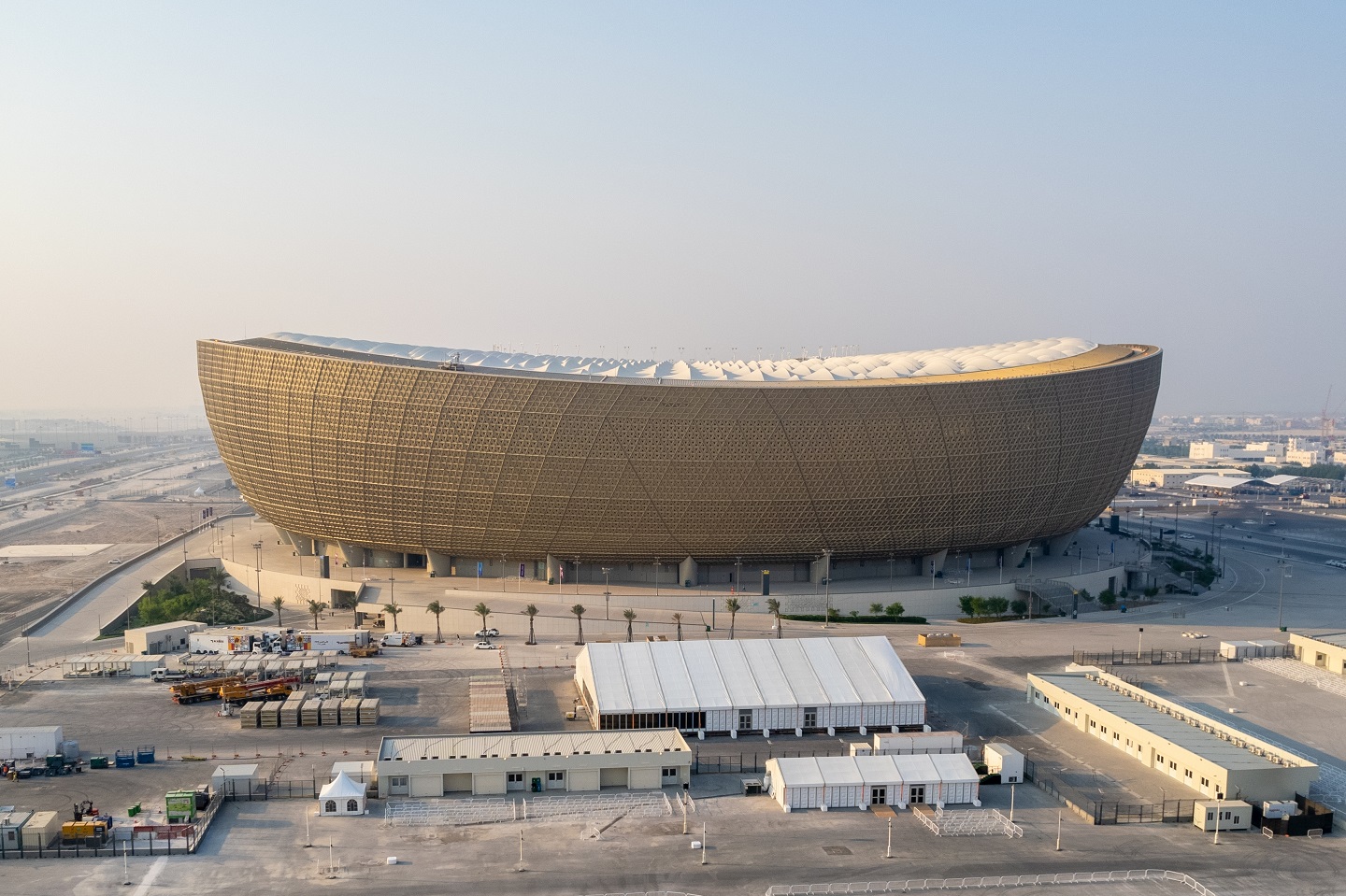
| City | Lusail |
| Gross Capacity | 88,966 |
| World cup events | 5x Group Matches 1x Round of 16 1x Quarter-Final 1x Semi-Final Final |
Located about 20 km north of Doha, this iconic stadium of Lusail is a unique one. The entire stadium is temperature-controlled and powered by solar energy. After the World Cup, this stadium will be reconfigured into a 40,000-seat setting with other parts of the complex being repurposed as a community space with shops, cafés, athletic and education facilities, and a health clinic. This stadium will also host the final match of the World Cup.
Ahmad Bin Ali Stadium
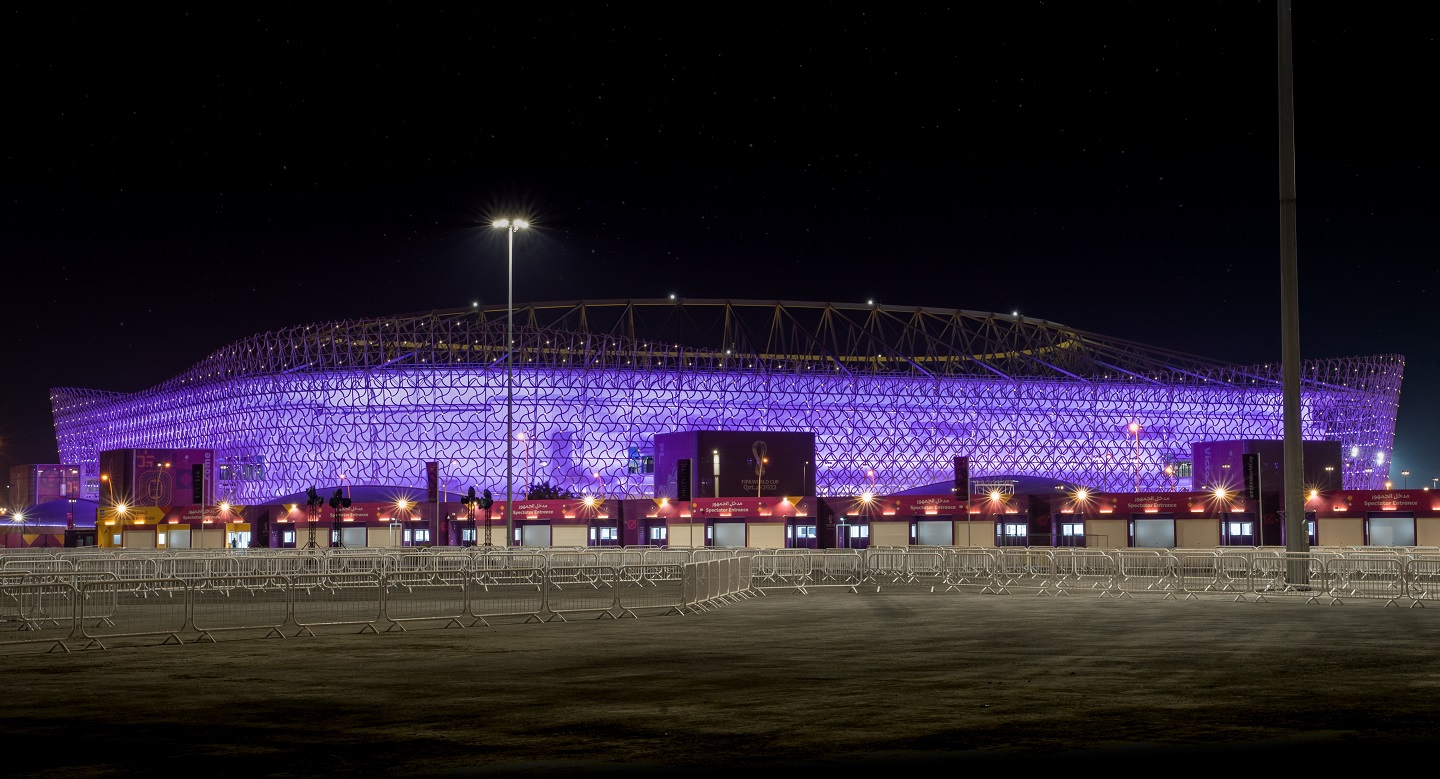
| City | Al Rayyan |
| Gross Capacity | 45,032 |
| World cup events | 5x Group Matches 1x Round of 16 |
Named after the late Emir of Qatar, Ahmad bin Ali Al Thani, reigning from 1960 to 1972, Ahmad bin Ali stadium was reconstructed after the demolition of the original one in 2015. This multipurpose stadium is currently the most used football stadium in Qatar hosting over 28 international football games. The newly renovated stadium also comes with a “Media Facade” – an outer layer that will be used for projection. The stadium will be rearranged again to 21,000 seats setting after the tournament.
Al Janoub Stadium
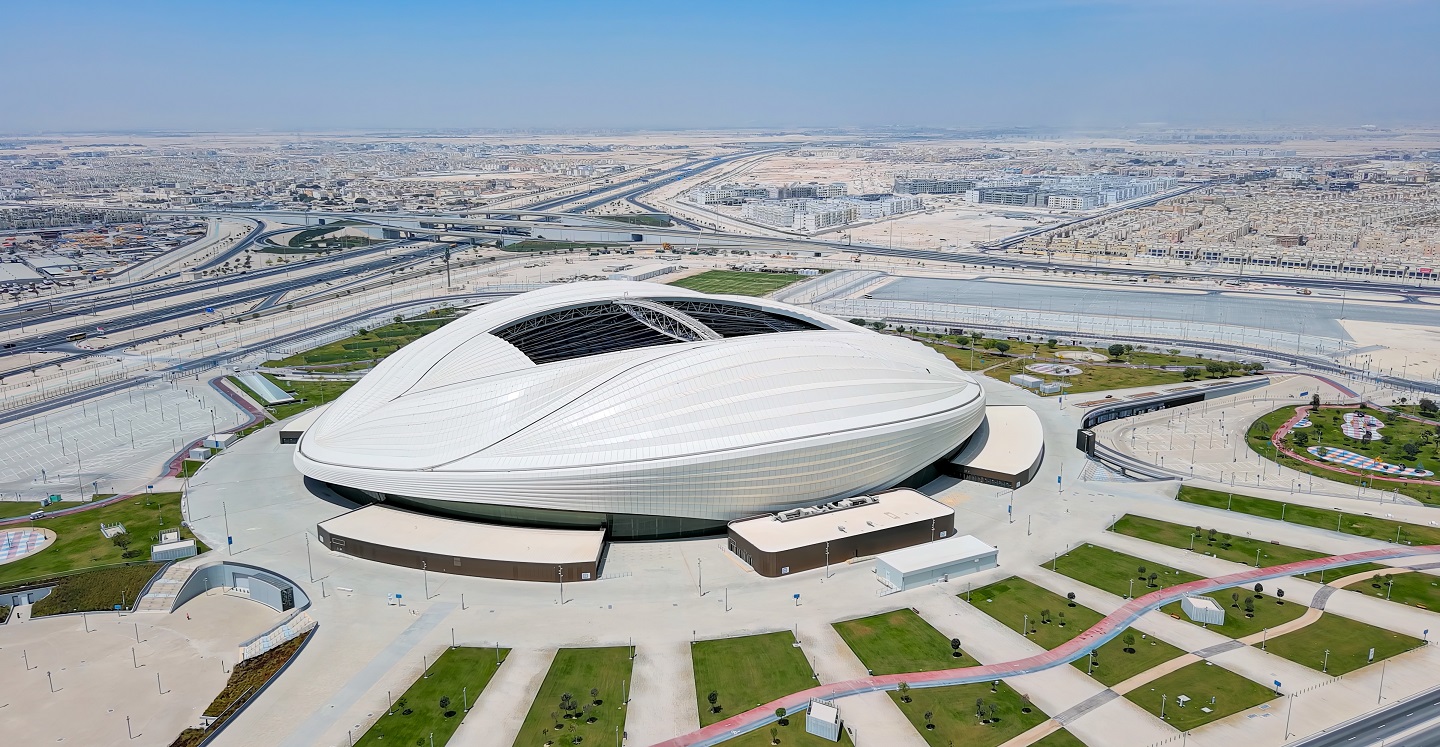
| City | Al Wakrah |
| Gross Capacity | 44,325 |
| World cup events | 5x Group Matches 1x Round of 16 |
This retractable stadium took its design inspiration from the sails of a traditional Dhow boat that pays homage to the Al Wakrah’s history of seafaring culture. With luxurious facilities and amenities, Al Janoub Stadium is equipped with ultra-modern technologies including temperature controlled complex to facilitate everyone a comfortable game experience. The sports complex also boasts swimming pools, spas, multipurpose rooms, and a shopping center with green architecture. After the World Cup, the seating capacity of the stadium will be cut in half from 44,325 to 20000.
Al Thumama Stadium
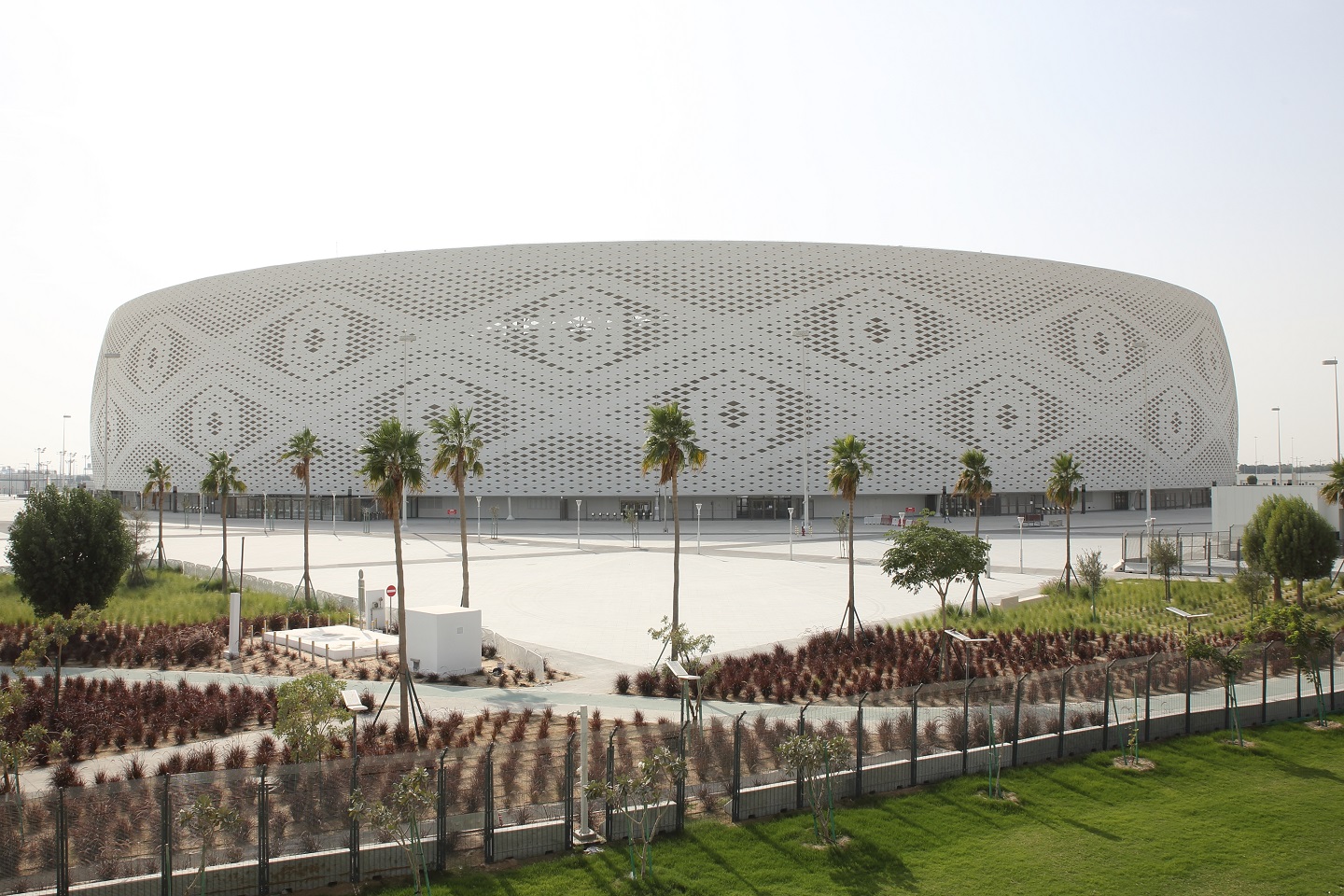
| City | Doha |
| Gross Capacity | 44,400 |
| World cup events | 5x Group Matches 1x Round of 16 1x Quarter-Final |
Inspired by the traditional taqiyah hat, this stadium is designed with the middle eastern tradition of wearing the hat in mind. There is a 540,000 sft park surrounding the stadium. And needless to say that this world cup venue is an ultra-modern stadium with state-of-the-art features. After the world cup, the seating capacity of the stadium will be downsized to 20,000 seats and the rest will be donated to developing countries.
Education City Stadium
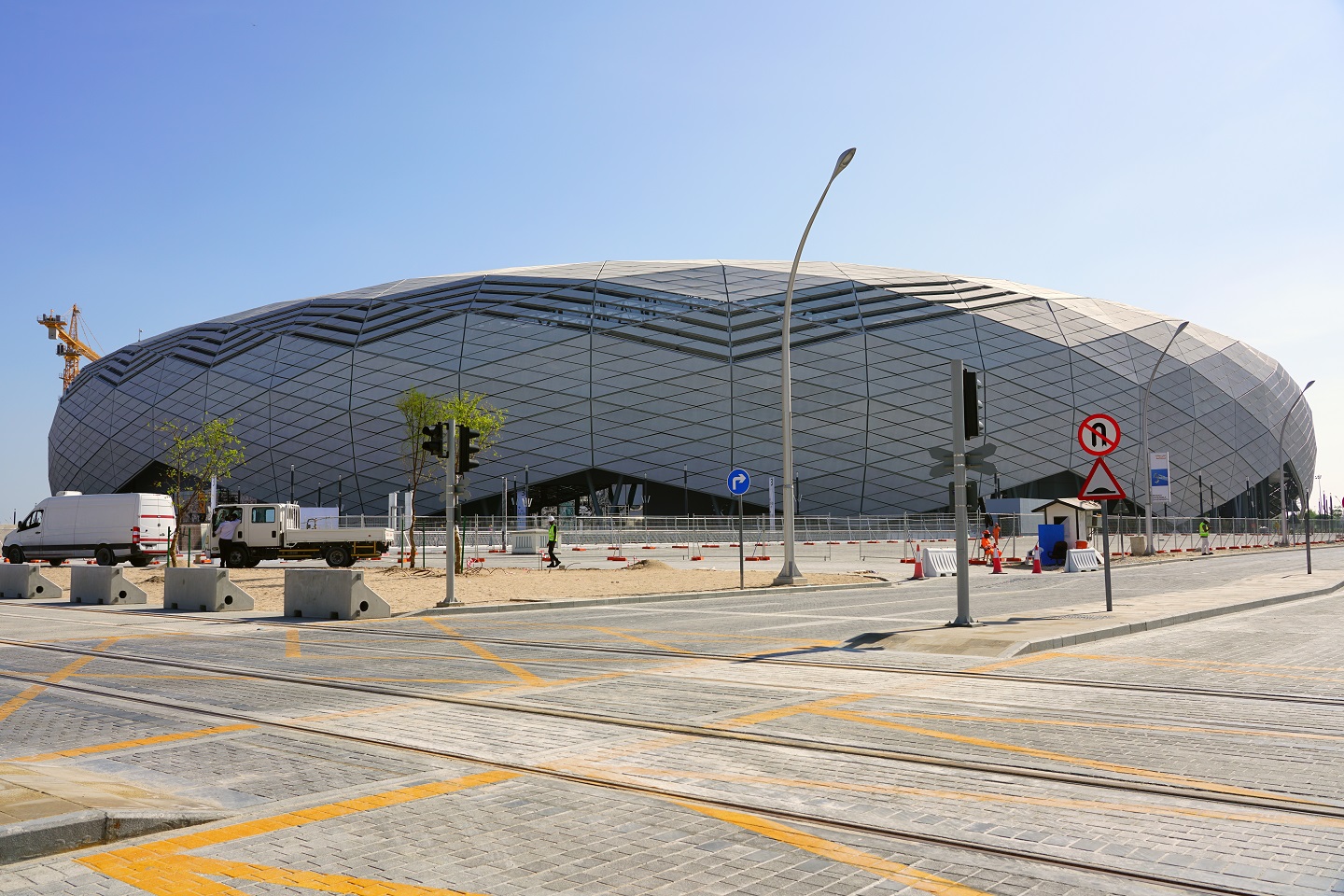
| City | Al Rayyan |
| Gross Capacity | 44,667 |
| World cup events | 5x Group Matches 1x Round of 16 1x Quarter-Final |
Located in the Al Rayyan city of Qatar, this magnificent stadium is nicknamed “Diamond in the Desert”. 20% of the material used to build the stadium is certified green thus making it one of the most environmentally sustainable stadiums in the world. In this fully modernized stadium, you will find everything for an overall comfortable football game experience. After the world cup, the seating capacity will be reduced in half and 20,000 seats will be donated to other countries.
Khalifa International Stadium
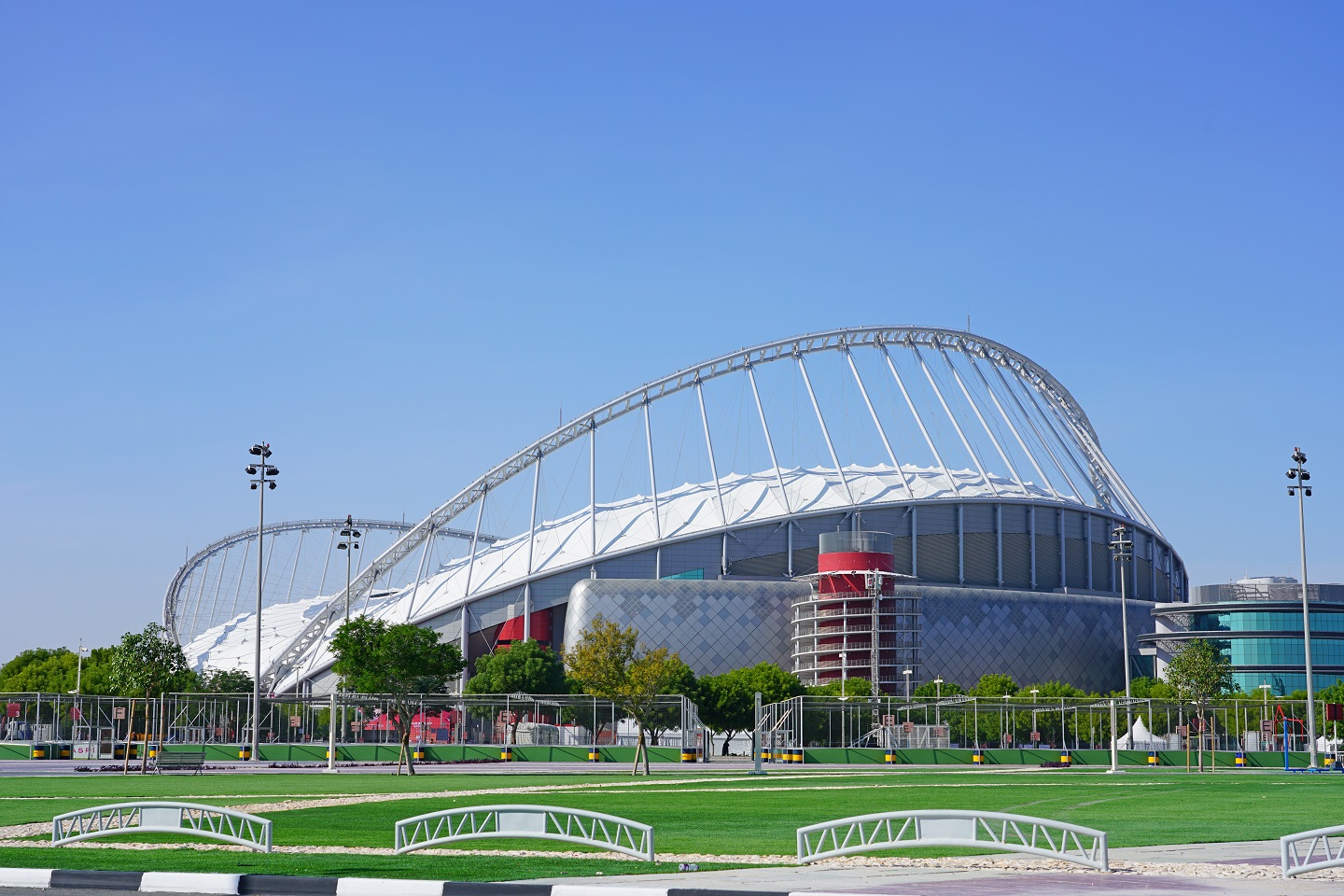
| City | Al Rayyan |
| Gross Capacity | 45,857 |
| World cup events | 5x Group Matches 1x Round of 16 Match for Third Place |
This is the oldest standing stadium in Qatar inaugurated in 1976. It has been the host of many momentous sporting events throughout the years. Many people even hailed this venue as the home of football in Qatar. Ahead of FIFA World Cup 2022, the stadium received a complete refit with a wide canopy that sits below the iconic dual arches helping the stadium’s cooling mechanism to function better. Besides, beneath the sweeping arcs sits the centerpiece of the stadium called the Aspire Zone which includes Aspire Academy, Hamad Aquatic Center, Aspetar Orthopaedic and Sports Medicine Hospital, and many other sporting venues. When you are outside, walk along the connecting walkway to enter the 3-2-1 Qatar Olympic and Sports Museum should you ever want to revisit the past.
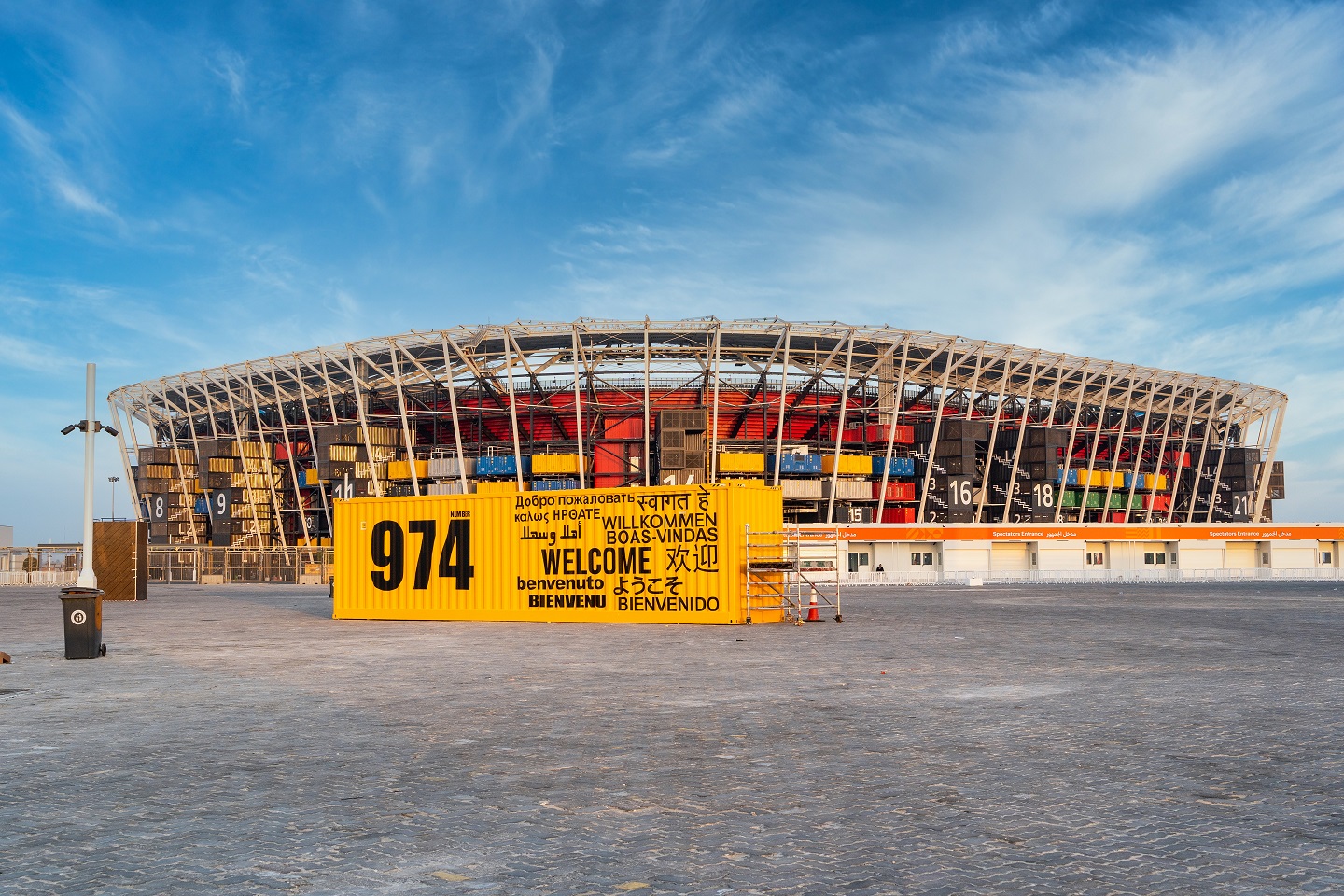
| City | Doha |
| Gross Capacity | 44,089 |
| World cup events | 5x Group Matches 1x Round of 16 |
Among the world cup stadiums in Qatar discussed so far, Stadium 974 is probably the most unique one. Built from 974 recycled shipping containers, this stadium follows a modular design style and is planned to be completely dismantled and reconfigured elsewhere once the game is over. Also, 974 is the international dialing code for Qatar. It is the first makeshift venue in the history of the FIFA World Cup.
All the world cup stadiums in Qatar that were mentioned in this article either received a 5-star or 4-star rating from the FIFA-endorsed Global Sustainability Assessment System of the Middle East and North Africa. Meaning every stadium is equipped with state-of-the-art ultra-modern technologies and facilities. Other than being completely temperature controlled, these stadiums are prime examples of modern architecture and design.

